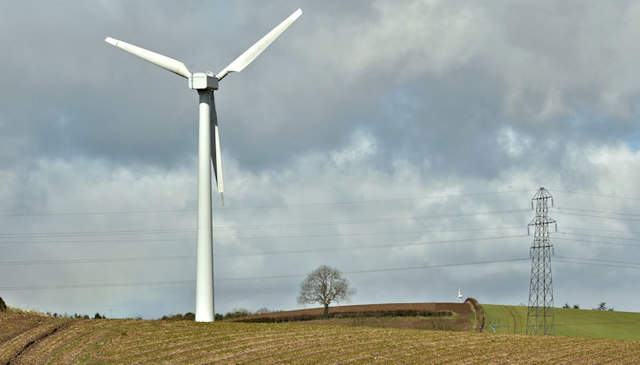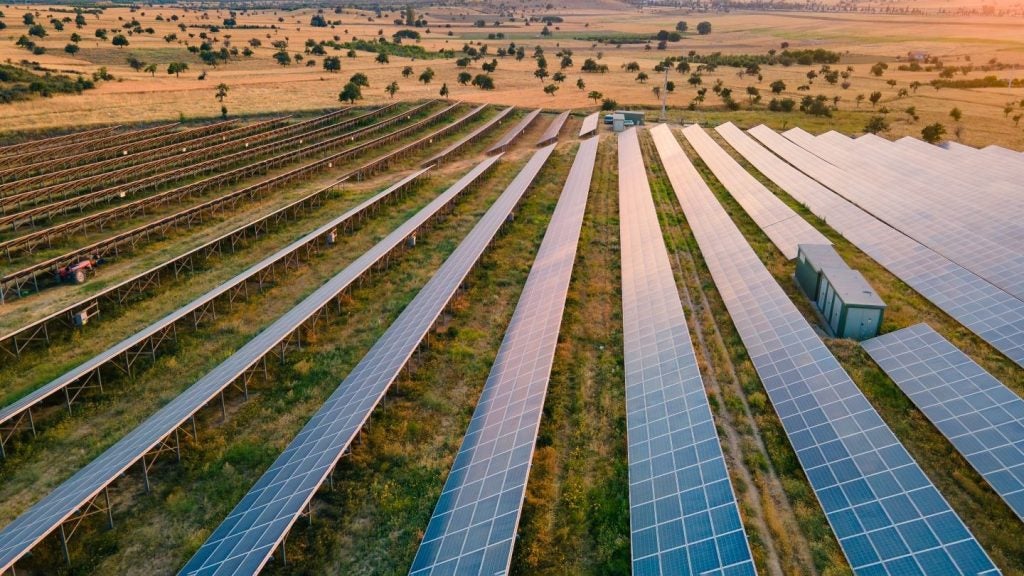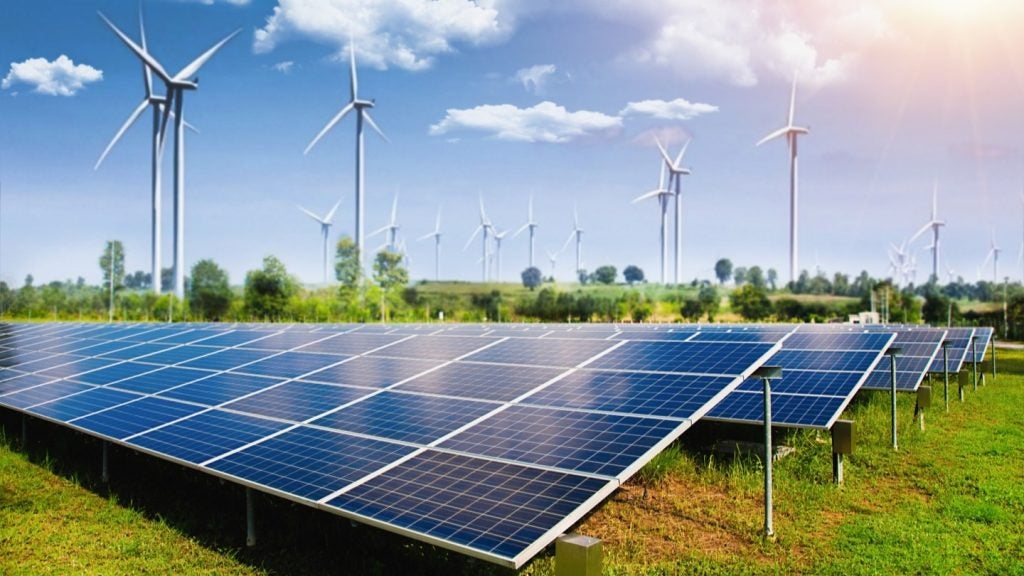
Ireland has approved a new scheme which is designed to diversify its renewable energy production in order to meet the key national and European Union (EU) renewables and decarbonisation targets up to 2030. Currently the country’s renewable electricity target (RES-E) is 40% by 2020.
The Renewable Energy Support Scheme (RESS) will incentivise the introduction of renewable electricity generation by promoting investments by community groups in green projects. According to the proposal, the scheme will be funded through the public service obligation (PSO) levy which means consumers will be charged to support renewable energy generation.
The scheme introduces a new auction system wherein different renewable energy technologies will bid for state support. Individual projects will not be capped but the amount will be capped on a single technology in a particular auction. The auctions will be held at different intervals throughout the time frame of the scheme. This will allow the state to take advantage of falling technology costs. The first round of auctions is slated for 2019 and will prioritise “shovel-ready” projects. The renewable capacity to be auctioned will be in terms of gigawatt hours (GWh). The government has estimated that approximately 11–12 terawatt hours (TWh) of additional generation will be required to meet the RES-E target of 55% by 2030. The RESS has been drafted to take place in five stages throughout its lifetime.
Table 1: RESS auction stages

| Source: Department of Communications, Climate Action & Environment, Ireland; GlobalData |
The requirement for all the projects participating in RESS-1 is that they should be connected and energised to the grid by 2020. There will be no technology cap under RESS-1 and it is expected that this would be mainly for solar photovoltaic (PV) technology since solar installations can be done within a few months. The single technology cap will come into effect under RESS-2. This is done in order to provide opportunities for technologies like solar, which have a higher levelised cost of electricity (LCOE) than onshore wind to compete in the auction. In the proposed RESS-2, up to 10% of the capacity will be withheld for community-led projects.
How well do you really know your competitors?
Access the most comprehensive Company Profiles on the market, powered by GlobalData. Save hours of research. Gain competitive edge.

Thank you!
Your download email will arrive shortly
Not ready to buy yet? Download a free sample
We are confident about the unique quality of our Company Profiles. However, we want you to make the most beneficial decision for your business, so we offer a free sample that you can download by submitting the below form
By GlobalDataThe RESS is laying emphasis on community participation in renewable energy projects. A community benefit fund of €2/megawatt hour (MWh) would be channelised for all RESS-supported projects. Projects are mandated to provide investment opportunities for communities within ten kilometers of the project location. There will be no minimum level of investment requirements by the communities.
The major characteristics of the RESS auctions will include:
- Eligibility Rules – All projects will have to meet the specific community requirements which will include investment opportunity for the communities, engagement, and community benefit fund.
- Bid Bonds – All projects looking to participate in the auctions will be required to submit bid bonds in advance. This will incentivise the delivery of project milestones. Community-led projects will be exempted from bid bond requirements.
- Project Milestones – Milestones like project development, community engagement, financial closure, construction commencement, and commissioning of the plant must be set and accordingly met.
- Financial Structure – The auction scheme will be funded through the PSO.
- Floating Feed-in Premiums – The payment made to the generators would be through a floating feed-in premium (FIP) scheme which will be a function of the generation output, the strike price, and the reference market price.
- Uniform Price– Each auction will have a uniform price with the support level set by the highest bidder.
- Market Reference Price – The market reference price will be a key feature in the distribution of balancing costs. It will be a day-ahead price so that the generators can bear the balancing costs.
With all the levers like delivery dates and the cap on single technologies, the competitive RESS-1 and RESS-2 auctions can help Ireland achieve its renewable energy target.








